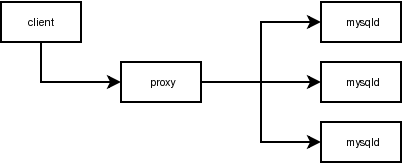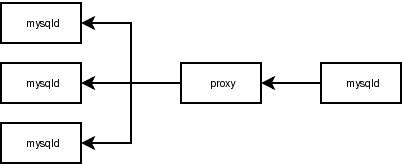The MySQL proxy got some final touches to make it ready for the first release:
- a command-line interface
- some more mode descriptions for the different modes of operation
You can choose between three modes for now:
- pseudo server
- injection proxy
 * replication client
* replication client

For the future we plan:
- connection pooling
 * replication filtering and off-loading
* replication filtering and off-loading

The options so far:
$ mysql-proxy --help
--listen-port=<port> port the pseudo mysql-server should listen on in server-mode (default: 4040)
--server-port=<port> port of the remote mysql-server in proxy- and reverse-mode (default: 3306)
--server-ip=<ip> ip-address of the remote mysql-server in proxy- and reverse-mode (default: 127.0.0.1)
--replication-user=<user> user-account for remote mysql-server in reverse-mode (default: 'repl')
--replication-password=<password> user-password remote mysql-server in reverse-mode (default: not set)
--mode=<server|proxy|reverse> operation mode
--inject-show-status inject SHOW SESSION STATUS in proxy-mode
--inject-explain inject EXPLAIN in proxy-mode
--dump-show-status dump the SHOW SESSION STATUS diff to a file instead of stdout
--fix-bug-25371 fix bug #25371 (mysqld > 5.1.12) for older libmysql versions
Source and documentation are available on
Comments